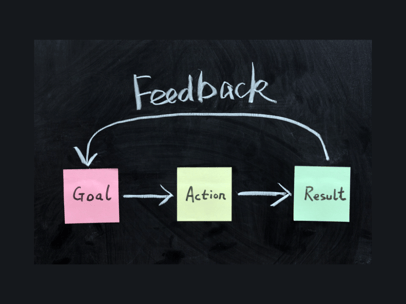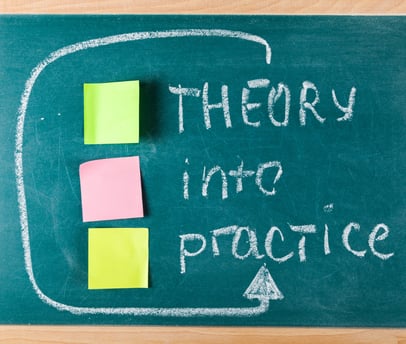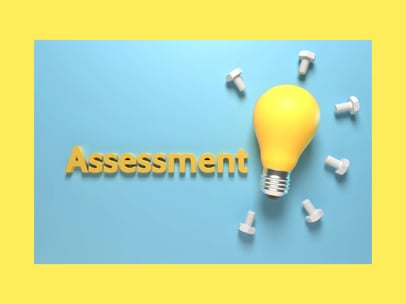Enhancing EFL Instruction: Applying Gagne's Nine Events of Instruction
A Practical Guide for High School and Adult EFL Teachers
Robert Gagne's Nine Events of Instruction provide a systematic approach to teaching, ensuring that learning is both effective and efficient. This model is particularly valuable for EFL instructors teaching high school or adult students. By incorporating these events into lesson planning, we can create a structured and engaging learning environment. Below, we explore each of Gagne's events with practical examples for the EFL classroom.


1. Gain Attention
To capture students' attention at the beginning of the lesson, use engaging multimedia, real-life anecdotes, or surprising facts.
Example: Start the class with a short, captivating video clip related to the lesson's theme, such as a popular English song or a news segment. This sets the context and piques students' interest.
2. Inform Learners of Objectives
Clearly state what students will learn and be able to do by the end of the lesson.
Example: "By the end of today's lesson, you will be able to use the past perfect tense to describe events that happened before other past events."
3. Stimulate Recall of Prior Learning
Activate students' existing knowledge to help them connect new information with what they already know.
Example: Begin with a quick review game, like a Kahoot quiz, on the simple past tense to refresh their memory and set the stage for learning the past perfect tense.
4. Present the Content
Deliver the new material in a clear, structured manner using various methods such as lectures, demonstrations, and visual aids.
Example: Use a PowerPoint presentation with examples and explanations of the past perfect tense, complemented by a timeline on the board to visually represent the sequence of events.
5. Provide Learning Guidance
Offer scaffolding to help students understand and apply the new material.
Example: Distribute a handout with sentence starters and visual aids. Pair students for a speaking activity where they describe past experiences using the past perfect tense, providing corrective feedback as needed.
6. Elicit Performance (Practice)
Give students the opportunity to practice what they've learned in a controlled environment.
Example: Organize a role-play activity where students act out different scenarios using the past perfect tense, such as a detective solving a mystery by describing what suspects had done before the crime occurred.
7. Provide Feedback
Give immediate and specific feedback on students' performance to reinforce learning and correct errors.
Example: As students complete their role-plays, circulate and provide feedback on their use of the past perfect tense, highlighting correct usage and gently correcting mistakes.
8. Assess Performance
Evaluate students' understanding and ability to apply the new knowledge through formal or informal assessments.
Example: Conduct a short quiz at the end of the lesson where students must complete sentences using the past perfect tense, ensuring they've grasped the concept.






9. Enhance Retention and Transfer
Help students retain what they've learned and apply it in different contexts by providing additional practice and linking new knowledge to real-world applications.
Example: Assign homework that involves writing a short story using the past perfect tense, encouraging students to use the structure in a creative and personal context. In the next class, discuss their stories and explore other contexts where the past perfect tense might be used.




By systematically incorporating Gagne's Nine Events of Instruction into EFL lessons, we can create a more effective and engaging learning experience for our students. This structured approach not only aids comprehension and retention but also encourages active participation and practical application of the English language.
Reference
Gagné, R. M., Wager, W. W., Golas, K. C., & Keller, J. M. (2005). Principles of instructional design (5th ed.). Belmont, CA: Wadsworth/Thomson Learning.








